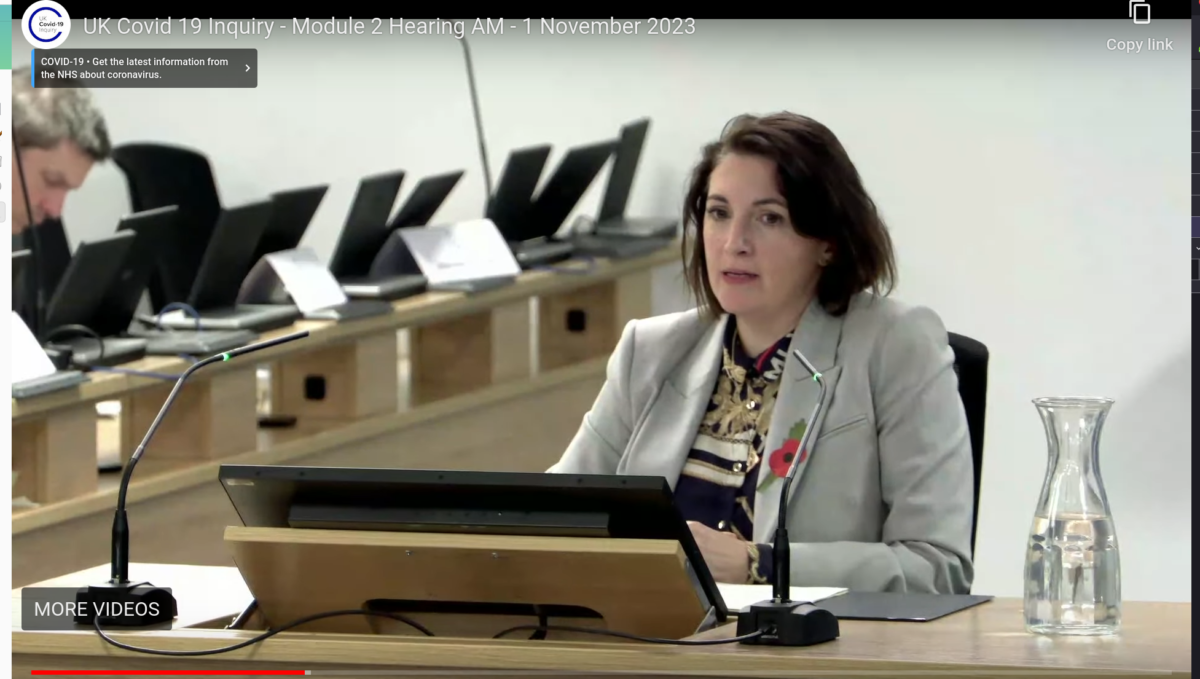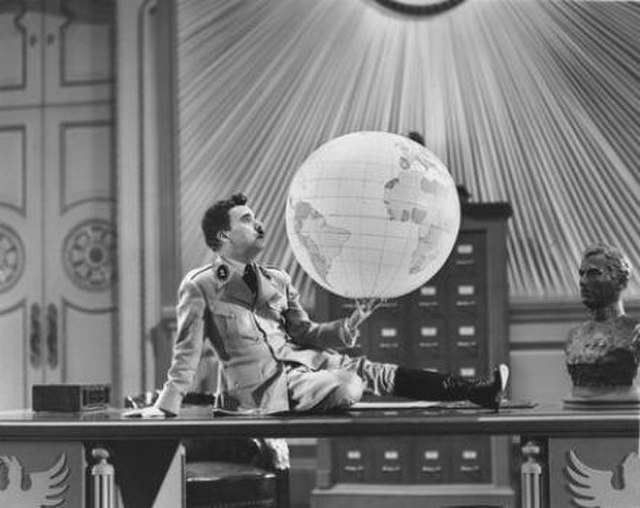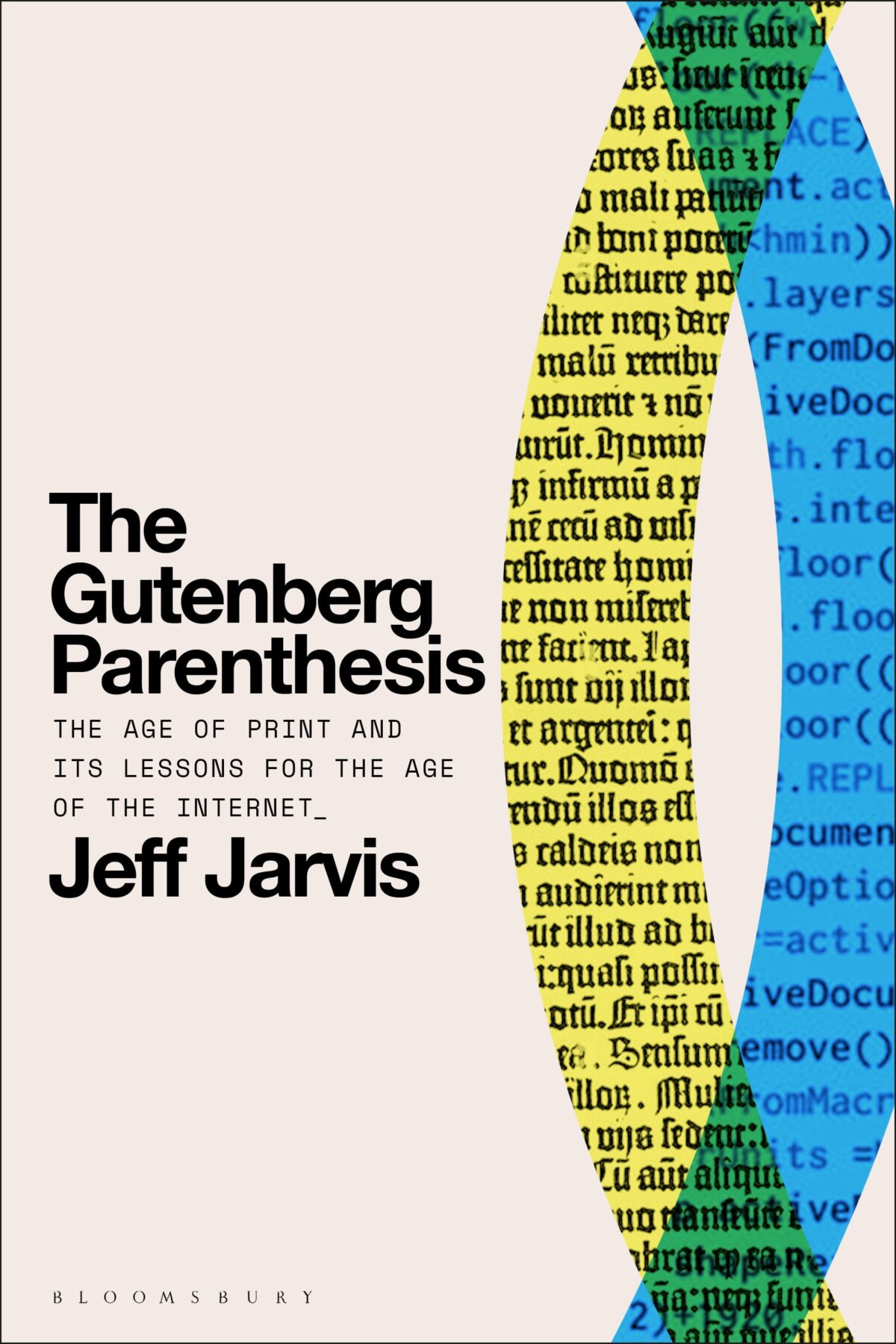It seems no manufacturer will be satisfied until they have turned everything they make into an ongoing revenue stream. Once, it was enough to sell widgets. Then, you needed to have a line of upgrades and add-ons for your widgets and all your sales personnel were expected to “upsell” at every opportunity. Now, you need to turn some of those upgrades and add-ons into subscription services, and throw in some ads for extra revenue. All those ad-free moments in your life? To you, this is space in which to think your own thoughts. To advertisers, these are golden opportunities that haven’t been exploitable before and should be turned to their advantage. (Years ago, I remember, for example, a speaker at a lunchtime meeting convened by the Internet Advertising Bureau saying with great excitement that viral emails could bring ads into workplaces, which had previously been inaccessible.)
The immediate provocation for this musing is the Chamberlain garage door opener that blocks third-party apps in order to display ads. To be fair, I have no skin in this specific game: I have neither garage door opener nor garage door. I don’t even have a car (any more). But I have used these items, and I therefore feel comfortable in saying that this whole idea sucks.
There are three objectionable aspects. First is the ad itself and the market change it represents. I accept that some apps on my phone show ads, but I accept that because I have so far decided not to pay for them (in part because I don’t want to give my credit card information to Google in order to do so). I also accept them because I have chosen to use the apps. Here, however, the app comes with the garage door opener, which you *have* paid for, and the company is double-dipping by trying to turn it into an ongoing revenue stream; its desire to block third-party apps is entirely to protect that revenue stream. Did you even *want* an app with your garage door opener? Does a garage door need options? My friends who have them seem perfectly happy with the two choices of open or closed, and with a gizmo clipped to their sun visor that just has a physical button to push.
Second is the reported user interface design, which forces you to scroll past the ad to get to the button to open the door. This is theft: Chamberlain is stealing a sliver of your time and patience whenever you need to open your garage door. Both are limited resources.
Third is the loss of control over – ownership of – objects you have ostensibly bought. With few exceptions, it has always been understood that once you’ve bought a physical object it’s yours to do with what you want. Even in the case of physical containers of intellectual property – books, CDs, LPs – you always had the right to resell or give away the physical item and to use it as often as you wanted to. The arrival of digital media forced a clarification: you owned the physical object but not the music, pictures, film, or text encoded on it. The part-pairing discussed here a couple of weeks ago is an early example of the extension of this principle to formerly wholly-owned objects. The more software infiltrates the physical world, the more manufacturers will seek to use that software to control how we use the devices they make.
In the case we began with, Chamberlain’s decision to shut off API access to third parties to protect its own profits mirrors a recent trend in social media such as Reddit and Twitter in response to large language models built on training data scraped from their sites. The upshot in the Chamberlain case is that the garage door openers stop working with home automation systems into which the owners want to integrate them. Chamberlain has called this integration unauthorized usage and complains that said use means a tiny proportion of its customers consumed more than half of the traffic to and from its system. Seems like someone could have designed a technical solution for this.
At Pluralistic, Cory Doctorow lists four ways companies can be stopped from exerting unreasonable post-purchase control: fear of their competition, regulation, technical feasibility, and customer DIY. All four, he writes, have so far failed in this case, not least because Chamberlain is now owned by the private equity firm Blackstone, which has already bought up its competitors. Because there are so many other examples, we can’t dismiss this as a one-off; it’s a trend! Or, in Doctorow’s words, “a vast and deadly rot”.
An early example came from Tesla in 2020; when it disabled Full Self-Drive on a used Model S on the grounds that the customer hadn’t paid for it. Over-the-air software updates give companies this level of control long after purchase.
Doctorow believes a countering movement is underway. I hope so, because writing this has led me to this little imaginary future horror: the guitar that silences itself until you type in a code to verify that you have paid royalties for the song you’re trying to play. Logically, then, all interaction with physical objects could become like waiting through the ads for other shows on DVDs until you could watch the one you paid to see. Life is *really* too short.
Illustrations: Steve (Campbell Scott) shows Linda (Kyra Sedgwick) how much he likes her by offering her a garage door opener in Cameron Crowe’s 1992 film Singles.
Wendy M. Grossman is the 2013 winner of the Enigma Award. Her Web site has an extensive archive of her books, articles, and music, and an archive of earlier columns in this series. She is a contributing editor for the Plutopia News Network podcast. Follow on Mastodon









